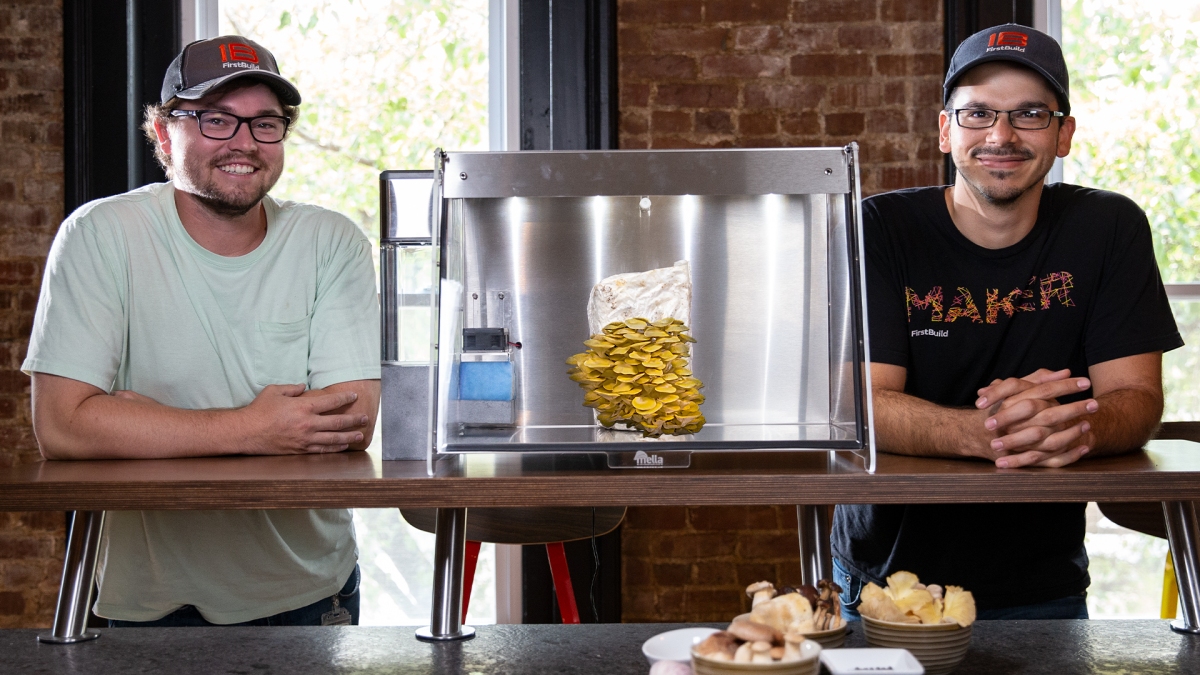A love letter to micro funds, the backbone and future of venture capital
While the Sequoias and the Andreessen Horowitzes of the world continue to swell in size, their influence on venture capital may be heading in the opposite direction as micro funds increase their impact on the industry. Whether you define micro funds as below $50 million or sub-$25 million, these are truly the funds that power the future of the industry. They help venture hubs take off, bring expertise and specialization to the market, and fill a role in the venture capital ecosystem that larger firms simply can’t. They also can be credited with getting a lot of the large unicorn and public companies we know today off the ground, as many of them received some of their first dollars from a micro fund: Robinhood (Elefund), Coinbase (Initialized Capital, which was investing out of a $7 million fund at the time) and Flexport (Anorak Ventures). I’ve written about the rise of micro funds in the U.S. before, but when Sweetwood Ventures reached out to me a month ago about its new fund-of-funds strategy to back nano — sub-$15 million — funds in Israel, I was intrigued. I hadn’t realized that the explosion of micro funds extended beyond the U.S. market, but Sweetwood general partner Amit Kurz told me it was one he had been tracking for a few years now.








